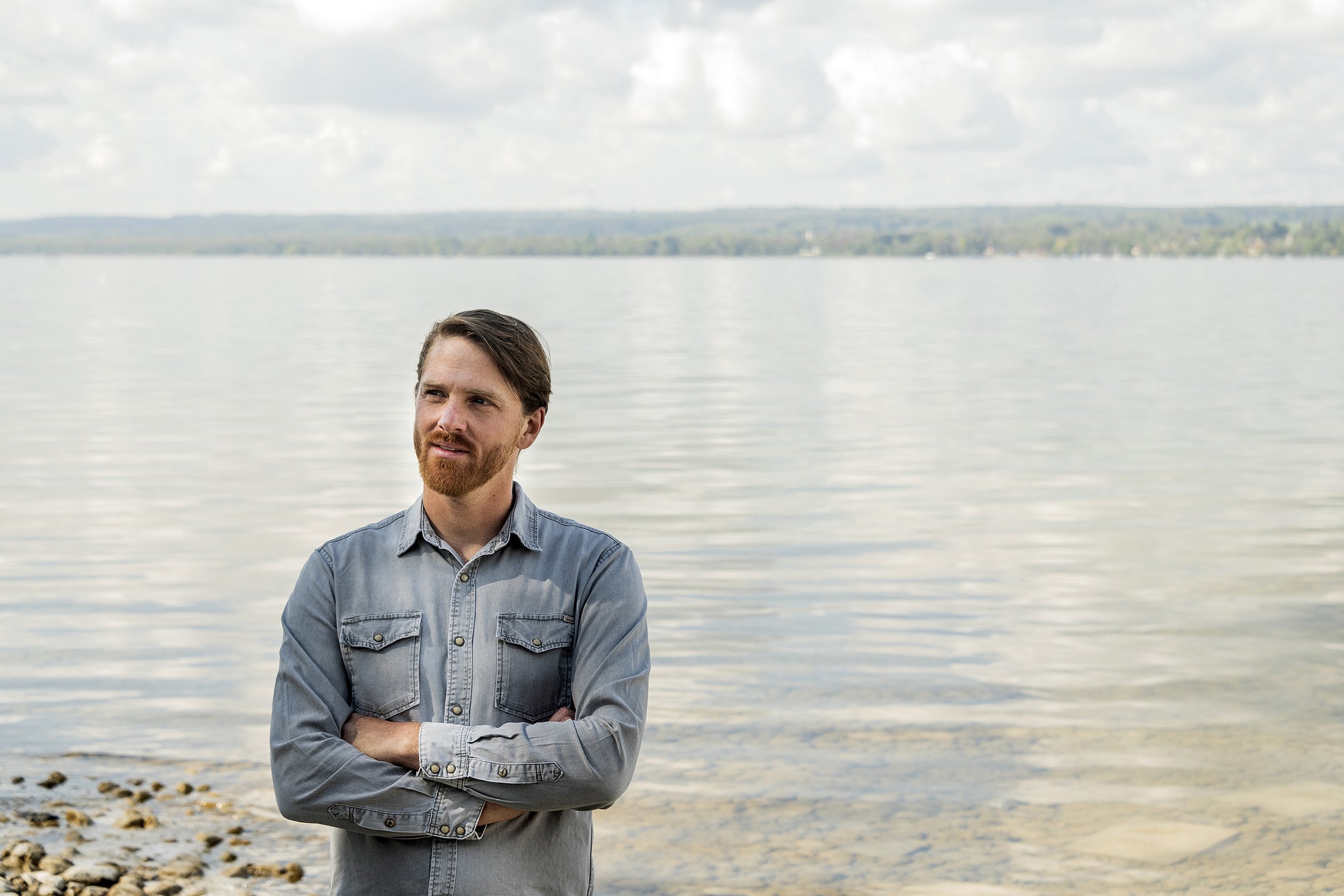
„WHEN I FIRST HEARD ABOUT MICROPLASTICS IN OUR WATERS, I KNEW THAT SOMETHING HAD TO BE DONE ABOUT IT.“
– Sebastian Porkert, Founder & CEO
About Microplastics
-
In Germany, about 4 kg of microplastics are released into the environment per capita and year, that is a total of approx. 330,000 t/a. These particles derive from abrasion of vehicle tires, road surfaces, textile fibers, cosmetic articles, packing, etc..
Microplastics from municipal and industrial effluents, decomposed plastic particles, and washed-out microparticles from air and soil enter the sanitation system and wastewater cycle. The majority of the particles can be filtered out by state-of-the-art wastewater treatment plants. Nevertheless, a significant share is released via the purified wastewater into the environment. The filtered plastic particles and adhering toxins are bound in the sewage sludge, which gets recycled thermally by 65 %. The rest, however, is led directly back into the environment, as it is used as fertilizer in agriculture or landscaping.
On a global scale, microplastics are found in all areas of the environment (air, soil, natural food sources like honey, drinking water, …) and can be detected worldwide, from Mariana Trench to Antarctica.
-
Due to its chemical properties, microplastics bind floating pollutants and those that are stored in the sediments. These include pollutants that have long been banned or restricted in use due to their toxicity and longevity, for example polychlorinated biphenyls (PCB) or dichlorodiphenyltrichloroethane (DDT). The small particles act like a magnet on such substances: the longer they are in the water of rivers, lakes or oceans, the more chemicals they bind to themselves.
These tiny plastic fragments enter our food chain in several ways, for example, by eating fish. On average, every person ingests about 100 plastic particles per day. In terms of quantity, this corresponds to the size of a credit card per week. Small particles can be absorbed in the lungs or intestines, possibly resulting in hormone disorders, infertility, allergies, and cancer. Bound toxins and pathogens can not only find their way into the human body, but also spread infinitely on a geographical scale by currents, migrating animals and air streams.*
*Source: Hochschule für Angewandte Wissenschaften (HAW), Hamburg
-
Conventional filtration methods for the production of clear water such as micro-, nano-, and ultrafiltration have technical and economical disadvantages. The need for filters results in lower throughputs, a comparatively high energy requirement, and a higher maintenance expenditure. Filters must be cleaned and flushed as they tend to clog due to biofouling and scaling. The factors mentioned generate high costs, which is a considerable disadvantage compared to the ECOFARIO technology.
FILTERLESS FILTRATION
The Approach
ECOFARIO has developed a new type of separation process that significantly reduces microplastics and the associated pollutants in wastewater. The system is installed as an end-of-pipe solution in sewage treatment plants.
Active filter media are used in common processes such as micro-, nano-, ultrafiltration, and reverse osmosis. By eliminating these media, volume flows of any size can be treated with long product life cycles without the need for flushing sequences.
The ECOFARIO High-G-Technology is an efficient add-on to wastewater treatment plants
Application
The core components (High-G-Separators) of the ECOFARIO technology are installed as an end-of-pipe solution in a fully closed cascade circuit in municipal or industrial sewage treatment plants.
Efficiency
A single High-G-Separator reaches unprecedented filtration efficiencies in a single cycle. By individually adjusting flows and reject rates, the highest potential separation performance can be achieved with the lowest possible amount of energy, materials, and wear.
Flexibility
ECOFARIO’s mobile unit can be implemented flexibly for experimental purposes to verify the potential before installing a full-scale unit. Depending on the needed capacity, the system is fully adaptable to almost every wastewater treatment plant.
ECOFARIO
EXAMPLE OF AN INSTALLATION AT
A WASTEWATER TREATMENT PLANT
Filtered particle types
RESULTS
Typical class distribution of particle material and sizes we find in purified wastewater of state-of-the-art treatment plants.
For more specific details and trial results please contact us.
Typical particle size distribution
Particle reduction performance
“Our goal is to equip all wastewater treatment plants with the innovative ECOFARIO technology to prevent further microplastic pollution of our waters.”
- Sebastian Porkert (CEO) x Adrian Scholl (CFO)








